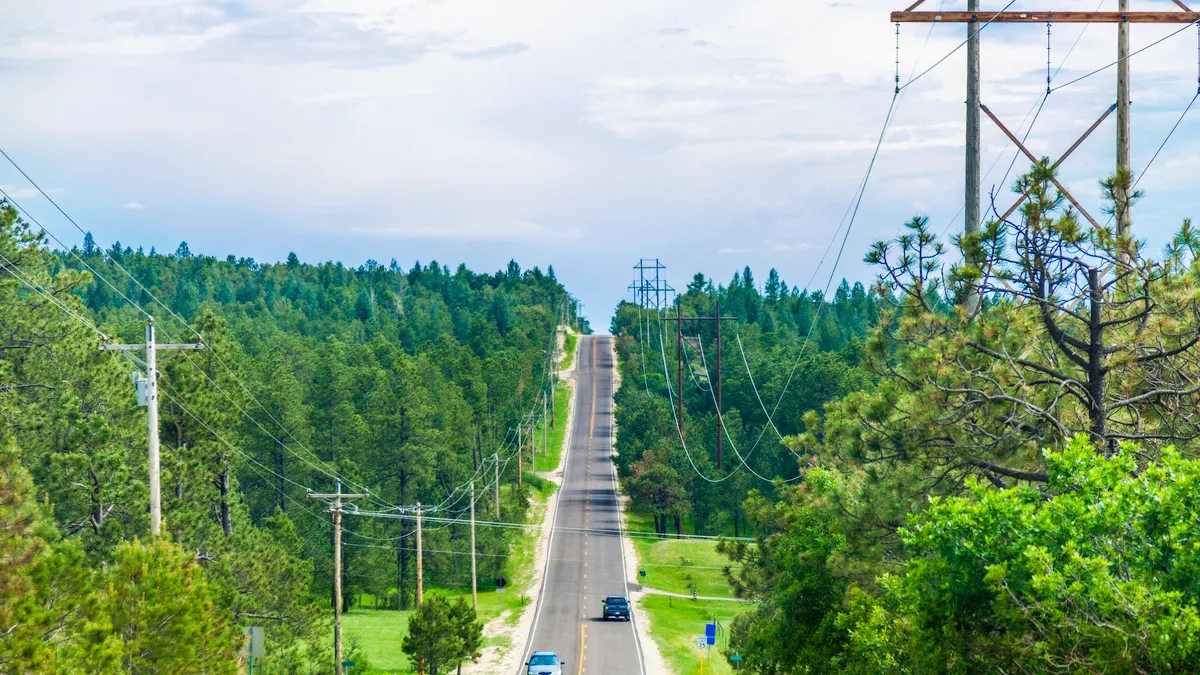Ryan Cross is a senior practice manager at Actalent
On July 9, 10 states throughout the Northeast U.S. signed a non-binding memorandum of understanding establishing a first-of-its-kind Northeast States Collaborative on Interregional Transmission.
The MOU — signed by Connecticut, Delaware, Maine, Maryland, Massachusetts, New Hampshire, New Jersey, New York, Rhode Island and Vermont — paves the way for better interregional transmission planning and development, which in turn could promise better grid reliability, cheaper energy for consumers and coveted offshore wind projects.
Yet the MOU is ultimately a stage-setting document. Exactly how its high-level principles will work in reality has yet to be seen. As the collaborative gets under way, here are the key challenges the states will have to overcome, along with important opportunities that could generate enormous benefits for the region.
A historic test of cooperation
The MOU is remarkable for the sheer number of states involved and the fact that it covers three independent system operators administering the transmission grid in the region: ISO-NE, NYISO and PJM.
While states have collaborated on energy issues historically (though not quite to this degree), it’s much less common to see ISOs work together, as they operate their own systems under different rules with less interoperability. In fact, the weakest areas of the grid are often the areas connecting ISOs.
That could change under this new framework. The states have agreed to share technical information, research findings, guidance, regulatory updates, strategic plans and other key pieces of information to inform collaborative decision-making. They also aim to establish common technical standards for offshore wind.
Yet the biggest potential hurdle is that the ISOs and utilities within these states — the ones that are actually building, operating and managing the transmission infrastructure — are not signatories to the MOU. Cooperation may prove difficult: utilities could very well have disagreements over technical specifications or what best serves customers, especially when it comes to sharing cost.
Of course, states have ways to encourage participation, particularly among utilities, given their regulatory and support functions through public service commissions.
The MOU’s unanswered questions
There’s still uncertainty about the practical considerations and processes underlying the MOU’s provisions. Some of the most significant include:
- Cost management: Under the MOU, states are still responsible for their own costs and expenses associated with collaborative activities, so how joint projects will be funded remains uncertain. Tests may be in the works, as some states have already jointly applied for federal dollars through the Department of Energy’s Grid Innovation Program to fund Clean Resilience Link, a transmission system upgrade that will increase transfer capacity between New York and New England by up to 1,000 MW, as well as Power Up New England, which aims to add 4,800 MW of offshore wind and battery energy storage systems for Massachusetts and Connecticut.
- Differing demands: States with unique energy demands may run into challenges. New York, for example, which has more data centers than their neighbors, will likely face greater pressure to use advanced conductors or bigger transmission lines that can carry more power with a smaller footprint — but that equipment comes with a higher price tag that other states may not want to help pay for. Similarly, for example, consumers in New Hampshire may balk at the added expense of burying transmission lines in Maryland (making the cost management piece essential).
- Setting standards: Adding to the complexity, key stakeholders in the collaborative will need to come to an agreement regarding standardizing equipment parts, which vary among utilities. For example, one of the biggest differences is often in relay protection equipment, as many utilities that operate in the bulk power system use different manufacturers for their primary and secondary protection to lower risks associated with potential manufacturing issues and cybersecurity vulnerabilities (meaning standardization could offset these advantages). Luckily, the MOU seems to be more forward looking, emphasizing newer technologies like offshore wind energy rather than traditional generation interconnection transmission lines and day-to-day operations. However, standardization will still be a factor: the Build America Buy America Act requires projects funded by federal dollars to use U.S.-made materials, potentially increasing a project’s price tag in the process.
Powering new opportunities
The best way for members of the collaborative to overcome these challenges is simply to get started. The states, ISOs and utilities can come together quickly to set out specifications and processes to standardize their operations, then put them to the test in a real project where they can work out any issues.
With time, this coordination has the potential to drive down costs and make the region more attractive for offshore wind investment — a major opportunity after projects in New Jersey stalled last year.
Greater investment could also save ratepayers money, with a recent study estimating that 9 GW of offshore wind could yield an average savings of $630 million a year, not to mention the long-term benefits of sustainable energy. States, too, would see increased revenue as these projects can broaden their tax bases. Even utilities could see substantial benefits, not just from better reliability among interoperative networks, but also greater support from regulators across states.
In many ways, the MOU was just the beginning. Now the real work begins.













